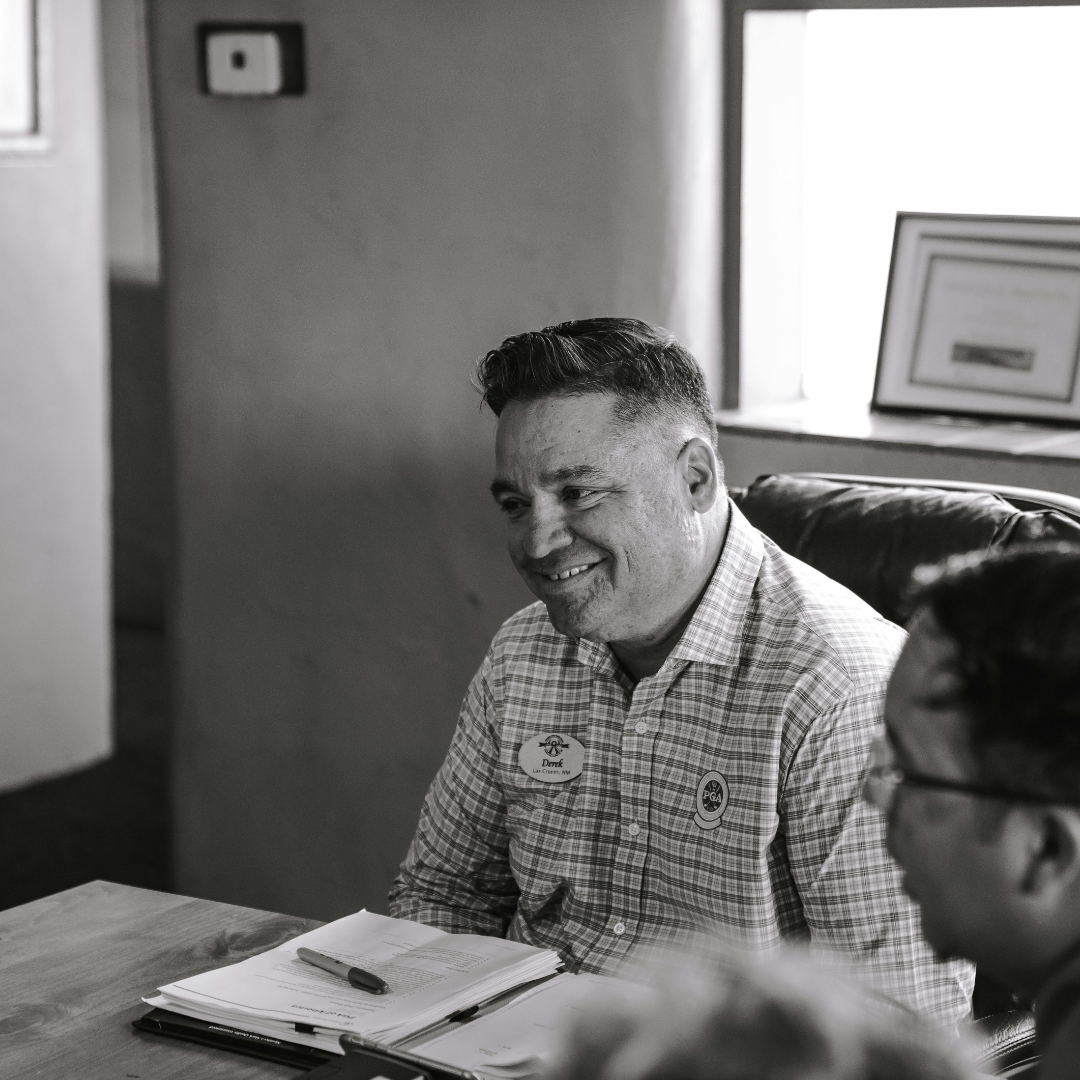Planning an Intervention for the Man in Your Life

When a man in your life is grappling with substance use disorder, planning an intervention can be a pivotal moment that sets the stage for recovery. In addition to the intervention, directing him towards a gender-specific men’s substance use disorder rehabilitation program can provide tailored support essential for successful recovery. This comprehensive guide explores the steps involved in planning an intervention and the subsequent process of checking into a Florida men’s drug and alcohol rehab program, emphasizing the importance of understanding and addressing the unique needs of men in recovery.
Step 1: Recognizing the Signs of Substance Use Disorder
Before planning an intervention, it is crucial to recognize the signs and symptoms of substance use disorder. These may include changes in behavior, withdrawal from loved ones, neglect of responsibilities, and a decline in physical health. Understanding the severity of the issue will guide the intervention process.
Step 2: Assembling a Support Team
Building a strong support team is essential for a successful intervention. Choose individuals who have witnessed the impact of the substance use disorder and who can remain supportive, calm, and focused during the intervention. Having a united front sends a powerful message of concern and care.
Step 3: Understanding the Gender-Specific Aspect of Recovery
Recognizing that men and women may have different experiences with substance use disorder is crucial. Men might face unique societal pressures and expectations that influence their relationship with addiction. A gender-specific approach acknowledges and addresses these factors, enhancing the effectiveness of the rehabilitation process.
Step 4: Selecting the Right Rehabilitation Program
Before the intervention, research and identify gender-specific men’s substance use disorder rehabilitation programs. Research facilities offering evidence-based treatments, specialized counseling for men, and relevant support groups. Ensure that the selected program aligns effectively with the individual’s recovery journey.
Step 5: Setting Clear Goals and Boundaries
Define the goals of the intervention, clearly communicate the consequences of refusing help, and express your love and concern. Establishing boundaries helps the individual understand the gravity of the situation.
Step 6: Choosing the Right Time and Place
Select a suitable time and private location for the intervention. Ensure that the environment is free from distractions and conducive to open communication. The timing and setting are crucial in the individual’s receptiveness to the intervention.
Step 7: Conducting the Intervention
During the intervention, approach the individual with empathy and understanding. Use “I” statements to express your feelings without blaming or accusing. Highlight the benefits of seeking drug and alcohol treatment and stress the importance of tailored support in the recovery journey. Provide concrete examples of the impact of their substance use on relationships and responsibilities.
Encourage the individual to share their perspective and feelings. Be prepared for resistance and defensiveness, and respond with empathy. Reiterate the love and support of the team, emphasizing that the intervention is driven by a collective desire to see them overcome the challenges of addiction.
Present the researched rehabilitation program as a positive and transformative opportunity. Offer to assist in the logistical aspects of enrollment, such as transportation and documentation. Reinforce the idea that seeking professional guidance is a proactive step toward lasting recovery.
Step 8: Facilitating the Transition to a Men’s Rehabilitation Program
Upon the individual’s acceptance of help, assist in the transition to a men’s rehabilitation program. Coordinate transportation, gather necessary documents, and communicate with the treatment facility to ensure a smooth admissions process.
Step 9: Providing Ongoing Support
After the individual has entered the rehabilitation program, continue to offer unwavering support. Attend family therapy sessions if available, engage in communication with the treatment team, and participate in support groups designed for family members. Understanding the recovery process helps in providing meaningful and sustained support.
Intervention for Lasting Recovery
Conducting an intervention for a man in your life requires careful planning, empathy, and understanding. By acknowledging the unique challenges faced by men in recovery and tailoring the intervention and treatment plan accordingly, you contribute to a more effective and supportive journey toward lasting recovery. Remember that addiction is a complex issue, and seeking professional guidance when necessary can significantly enhance the chances of success. This journey is not just about overcoming addiction; it’s about rebuilding lives and fostering a healthier future.




